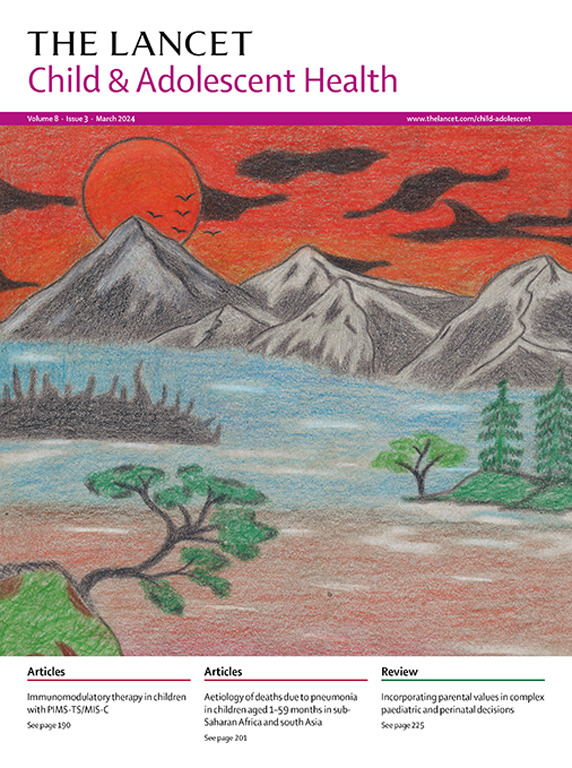Healthy skin for children and young people with skin of colour starts with clinician knowledge and recognition: a narrative review
IF 19.9
1区 医学
Q1 PEDIATRICS
引用次数: 0
Abstract
Skin conditions most frequently encountered in paediatric practice include infections, infestations, atopic dermatitis, and acne. Skin of colour refers to skin with increased melanin and darker pigmentation, and reflects global racial and ethnic diversity. Managing skin conditions in skin of colour requires health equity nuance, which is rarely explicitly taught. Awareness of the demographic factors, social determinants of health, and cultural practices that affect prevalence, morphological differences, and treatment of skin conditions is imperative. In this Review, we present the burden and clinical features of the common childhood skin conditions impetigo, scabies, head lice, tinea, atopic dermatitis, and acne in skin of colour. Paediatricians play an important role in diagnosis and management of these conditions to improve quality of life and prevent downstream complications, but they require education around skin of colour. We also discuss the systemic and structural racism, and the environmental and socioeconomic disadvantage, that perpetuate skin health inequity in communities with skin of colour.
肤色儿童和青少年的健康皮肤始于临床医生的知识和认识:叙述回顾
在儿科实践中最常遇到的皮肤病包括感染、感染、特应性皮炎和痤疮。有色皮肤指的是黑色素增加和色素沉着较深的皮肤,反映了全球种族和民族的多样性。管理有色人种的皮肤状况需要健康公平的细微差别,这一点很少被明确教授。必须认识到人口因素、健康的社会决定因素以及影响患病率、形态差异和皮肤病治疗的文化习俗。在这篇综述中,我们介绍了儿童常见皮肤病脓疱疮、疥疮、头虱、癣、特应性皮炎和痤疮的负担和临床特征。儿科医生在诊断和管理这些疾病以改善生活质量和预防下游并发症方面发挥着重要作用,但他们需要接受有关有色皮肤的教育。我们还讨论了系统性和结构性种族主义,以及环境和社会经济劣势,这些因素使有色人种社区的皮肤健康不平等现象永久化。
本文章由计算机程序翻译,如有差异,请以英文原文为准。
求助全文
约1分钟内获得全文
求助全文
来源期刊

Lancet Child & Adolescent Health
Psychology-Developmental and Educational Psychology
CiteScore
40.90
自引率
0.80%
发文量
381
期刊介绍:
The Lancet Child & Adolescent Health, an independent journal with a global perspective and strong clinical focus, presents influential original research, authoritative reviews, and insightful opinion pieces to promote the health of children from fetal development through young adulthood.
This journal invite submissions that will directly impact clinical practice or child health across the disciplines of general paediatrics, adolescent medicine, or child development, and across all paediatric subspecialties including (but not limited to) allergy and immunology, cardiology, critical care, endocrinology, fetal and neonatal medicine, gastroenterology, haematology, hepatology and nutrition, infectious diseases, neurology, oncology, psychiatry, respiratory medicine, and surgery.
Content includes articles, reviews, viewpoints, clinical pictures, comments, and correspondence, along with series and commissions aimed at driving positive change in clinical practice and health policy in child and adolescent health.
 求助内容:
求助内容: 应助结果提醒方式:
应助结果提醒方式:


